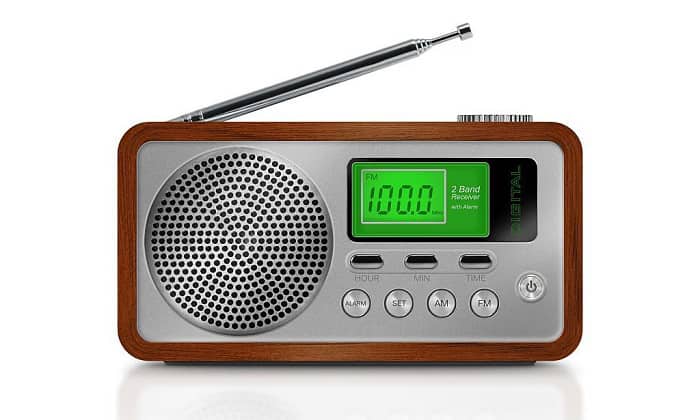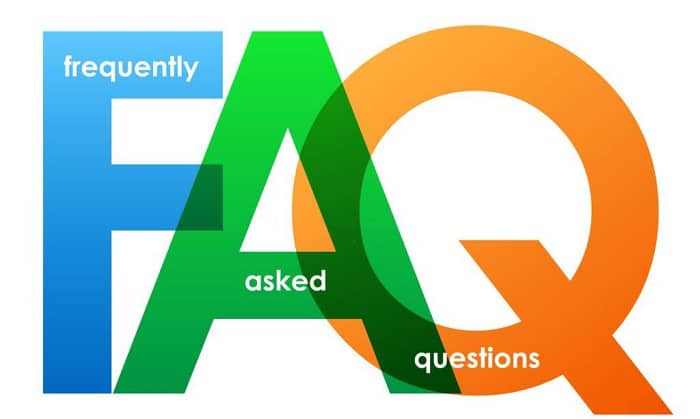Analog vs digital radio is a topic of ongoing debate in the world of radio communication. The way we communicate through these devices has changed significantly over the years due to the advancement of technology making both analog and digital radio have pros and cons of their own.
But this shouldn’t be an issue if you understand the differences between analog vs digital radio. So, this guide will teach you the details between the two and we hope that you can choose what best suits you.
Contents
What is an Analog Radio?
An Analog radio is a radio communication device that uses an analogue frequency to transmit and receive audio signals.
This is the traditional type of radio used for communication and entertainment, and it has been around for many years. It is still widely used today, especially in the field of amateur radio or ham radio, where they are used for point-to-point communication over long distances.
How Does Analog Radio Work?
An analog radio modulates the audio signal onto a carrier wave, which is then transmitted over the air.
The receiver’s antenna picks up the radio waves and feeds the signal into the radio’s tuner circuit, which selects the desired frequency. It’s then demodulated, meaning the original audio signal gets extracted.
This process produces an analog signal that is amplified and sent to the radio’s speakers or headphones, where it can be heard by the listener.
In short, it works by converting an audio signal into modulated analog radio frequencies, transmitting the signal over radio waves, and then demodulating the signal at the receiver to retrieve the original audio signal.
What is a Digital Radio?
Digital radio refers to the use of digital technology in radio communication, and it has gained widespread popularity in recent years.
One example of digital radio is VHF radio, which uses a digital signal to transmit voice and data information. Digital radio communication operates differently from conventional radio, which uses an analog signal.
When comparing, digital radio systems offer several advantages over conventional radio.
By using discrete digital signals, they provide improved voice quality, increased coverage, and advanced operating buttons and switches, making them an efficient and reliable choice for communication.
How Does Digital Radio Work?
An analog radio signal is composed of ones and zeros (binary), so it can be transmitted and received more efficiently than digital radio signals.
Digital radio works by converting sound waves into digital signals, which are then transmitted by radio waves. To get clearer and more reliable audio, the digital signal is converted back to sound waves at the receiving end.
Additionally, digital radio can provide other features such as text messaging, data transmission, and selective calling that are not possible with analog radio.
Pros and Cons
- Widely accessible and available
- Cheaper than digital radio equipment
- Provides uninterrupted, continuous audio reception without buffering.
- In certain circumstances, analog signals can frequently travel further than digital signals.
- May provide a warmer and more natural sound quality
- Prone to interference and static, particularly in areas with weak signals or interference from other devices
- Limited capacity to transmit large amounts of data or information
- Lower sound quality than digital audio, particularly in noisy or crowded environments
- Analog radio stations may be phased out as more countries switch to digital broadcasting technologies
- Superior sound quality compared to an analog radio, especially in crowded or noisy areas
- Can convey a lot more data, such as additional audio channels, song titles, artist information, and more
- More stations can be broadcast simultaneously
- Reduced susceptibility to interference and static, even in areas with weak signals or interference from other devices
- Often more resistant to signal degradation over long distances compared to analog radio
- Compared to analog radio equipment, digital radio equipment is more expensive
- Needs a strong, reliable digital signal, which might not be available everywhere
- In some circumstances, digital radio broadcasts may not have the same range as analog signals
- Dropouts or buffering can occur during digital radio broadcasts, especially in places with weak signals or interference
- Some listeners may prefer the warmer, more natural sound quality of analog radio
| Analog Radio | Digital Radio | |
| Voice | Transmits sound using continuous transmissions, which produces a warmer, more lifelike sound. | Voice is transformed into a sequence of ones and zeros, which produces a clearer sound with less background noise or interference. |
| Security | Communications are less secure than digital signals because unauthorized listeners or equipment can readily intercept or jam them. | Digital radio transmissions offer a higher level of security than analog ones because they can be encrypted to prevent unauthorized access or alteration. |
| Coverage | Signals are more suited for long-distance communications because they can frequently go farther than digital signals under specific circumstances. | Compared to analog radio, radio signals have a more uniform coverage area, which makes them less prone to experience signal loss over long distances. |
| Innovative Features | Though it is a less complex technology with fewer capabilities, it is still a dependable and commonly used broadcasting technology. | Offers more innovative features than analog radio, like the capability to provide song titles, artist information, and other metadata along with the audio. |
| Maintenance | Frequent maintenance (e.g., battery life) but less expensive. | It requires less maintenance but more expensive. |
Frequently Asked Questions
Is Analog radio better than Digital?
Deciding which is better between the two is subjective to what you need and prefer. But in general, there are some advantages of digital over analog, especially in terms of sound quality and additional features.
Analog vs digital AM/FM radio, for example, the former can provide a warm and natural sound that some people prefer. Digital radio offers the superior sound quality, reduced noise and interference, and the ability to provide additional features like text messaging and data transmission.
Also, in the field of amateur radio or ham radio, where they are used for point-to-point communication over long distances. Digital vs analog ham radio is still talked about among amateur radio enthusiasts, with both types of radios having their advantages and disadvantages.
Analog and digital channels both have their unique strengths, and the choice between the two depends on the specific application you want to use. However, analog radios are generally more susceptible to interference and noise than digital radios, which can affect the quality of the audio signal.
So ultimately, the choice between analog and digital radio depends on what features and sound quality are most important to you.
Is FM radio Analog or Digital?
FM radio is typically analog, although some stations may use a digital signal for specific programming. FM radio broadcasts using analog channels, which can provide high-quality sound but are more susceptible to interference than digital channels.
Can a Digital radio talk to an Analog radio?
They cannot directly talk to each other since they utilize different protocols in communication. But if you want to, a digital-to-analog converter is required due to its capability to translate an analog signal into a digital signal and vice versa.
Conclusion
To sum it up, when weighing between analog vs digital radio, just know that it is for you to decide what to choose. You may do this by basing on factors like sound quality, availability of additional features, signal strength, and those things detailed above.
We’ll likely see more advancements in both radio systems as technology advances, giving us even more options to choose from. Choose one with the best features, but don’t forget to take personal and local conditions into account.

Hello! I am Hart, the content writer and editor here at G0HWC. I used to be in the same local radio club with Howe, and he convinced me to join him in spreading my love for the radio with others. With a background in radio studies, I spend every day crafting accurate, easy to read content on various topics related to owning and using radios. I hope that my content can help you confidently venture in your radio journey!





